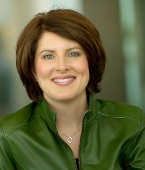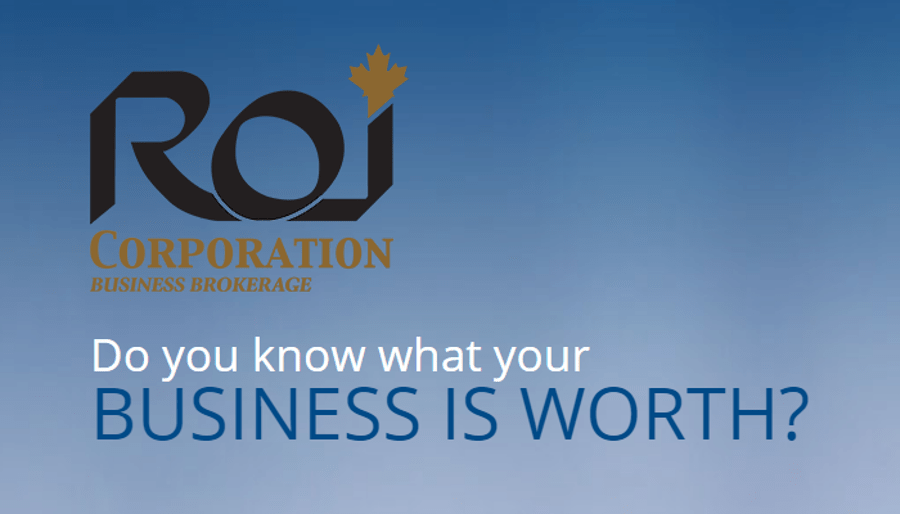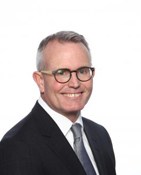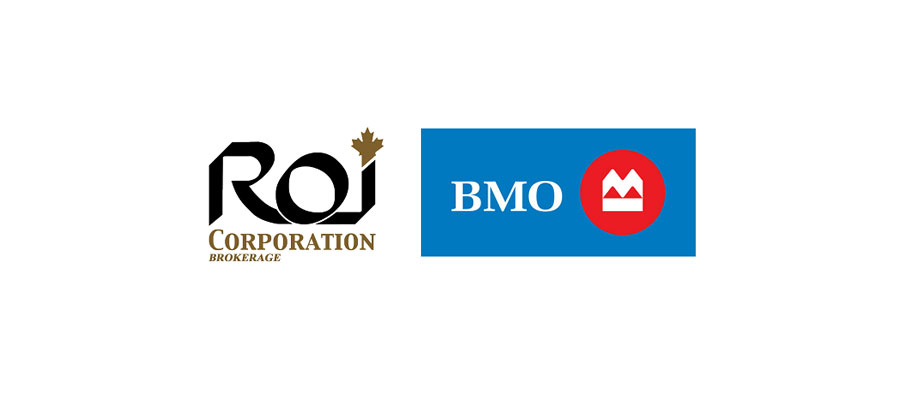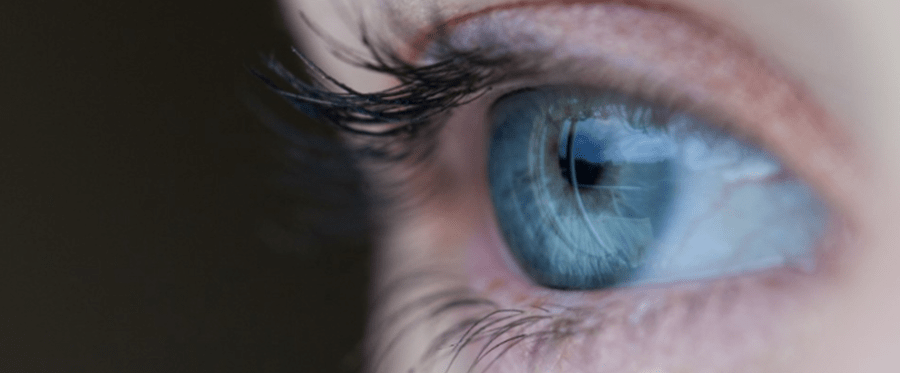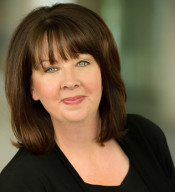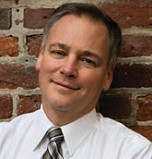
Four years ago, when I opened my practice, an independent practice that rents space inside a Sears in Warwick, R.I., I already had a one-year-old. A year later, I would have another child. The demands of being a mother to two young children, and the responsibilities of practice ownership, may seem overwhelming. But the right work-life management strategy makes it happily doable, without necessitating a choice between career and family.
Practice ownership can give an OD the freedom she needs to design a schedule that allows for both practice- and family-building.
Design or Ask for a Flexible Schedule
Practice ownership comes with the responsibilities of business management, but the upshot is you are your own boss, and, as such, can design any office schedule that suits you and your family. Being a practice owner also allows you to build a business that can financially benefit your family into the future.
I am in the office five days a week, but not for the same hours each day. When necessary, I come in late and leave later, or do just the reverse, and schedule patients earlier in the day, and leave earlier. As long as you make yourself available enough to accommodate the needs of your patient base, your practice won’t suffer from a schedule that allows the doctor to plan in advance to meet the needs of her obligations outside of work.
If you are an employed OD, it’s worth having a conversation with your prospective employers on the possibility of keeping a flexible schedule, as long as you meet a set number of hours seeing patients per week.
Take Vacation at the Same (Slow) Time Every Year
Patients respect a doctor’s need for time outside the office, but it helps to take your vacation around the same time each year, so long-term patients know when you will not be available.
I take my vacation every year at the end of June because it is a slow time of year for patients visiting eye doctors’ offices, and because it makes sense as my children get older and start school. With most schools in the Northeast out for the year toward the end of June, it is the perfect time for a getaway. Many of your patients are doing the same, lessening the chances that they will need you during that one- or two-week period.
Many outside of optometry take vacation time in August, but with late summer/early fall a prime time for back-to-school exams, that is not the best choice for a practice owner to decamp.
Partner with Local OD to Fill In for Each Other
If you feel strongly that you don’t want your patients to miss the chance to see an eye doctor in your office even for one or two weeks per year, you can arrange for another OD to fill in for you as a substitute doctor in your office. Using a substitute doctor also works well for solo practice owners taking maternity or paternity leave.
I have a professional relationship with another local OD who fills in for me whenever needed, and I for him. Developing these kinds of relationships also is helpful for unplanned-for time off, such as when a family emergency arises, or when you need to take a day off for a special event in one of your children’s lives.
See Patients on a Saturday and Salvage the Day
Most of us don’t like working on the weekend, but Saturdays are my most requested day for appointments, so the revenues I would lose from not seeing patients that day are significant. For that reason, I do work on Saturdays–but without killing the whole day in terms of spending quality time with my family.
If my Saturday schedule is booked more heavily later in the day than earlier, I have breakfast with my family, and if the schedule is lighter in the afternoon, I leave early enough to enjoy a late afternoon and dinner with my family. If the day is packed from early morning to late in the afternoon, I have my husband bring the children to the office for us all to have lunch together.
Don’t Cut into Family Time for Administrative Tasks
Practice owners, especially those with small, solo practices, have back-end administrative work, ranging from maintaining financial records and budgets to submitting insurance claims for reimbursement. I don’t let any of these chores go unattended, but I make sure they never cut into the time I spend with my family.
Instead of taking away from family time, I do practice administrative work at the end of the day, after my children have gone to bed, or when they are otherwise occupied.
My rule of thumb is remembering that I can always work on my career, and in my practice, but my children will only be in each stage of their life once, and I don’t want to miss any of it.
How do you balance work and family obligations? What tips can you pass along to ODs who feel overwhelmed by the responsibilities of their professional and personal lives?
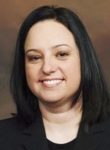
MARIA SAMPALIS
is the founder of Corporate Optometry, a peer-to-peer web resource for ODs interested to learn more about opportunities in corporate optometry. Canadian ODs and optometry students can visit www.corporateoptometry.com to learn more.















